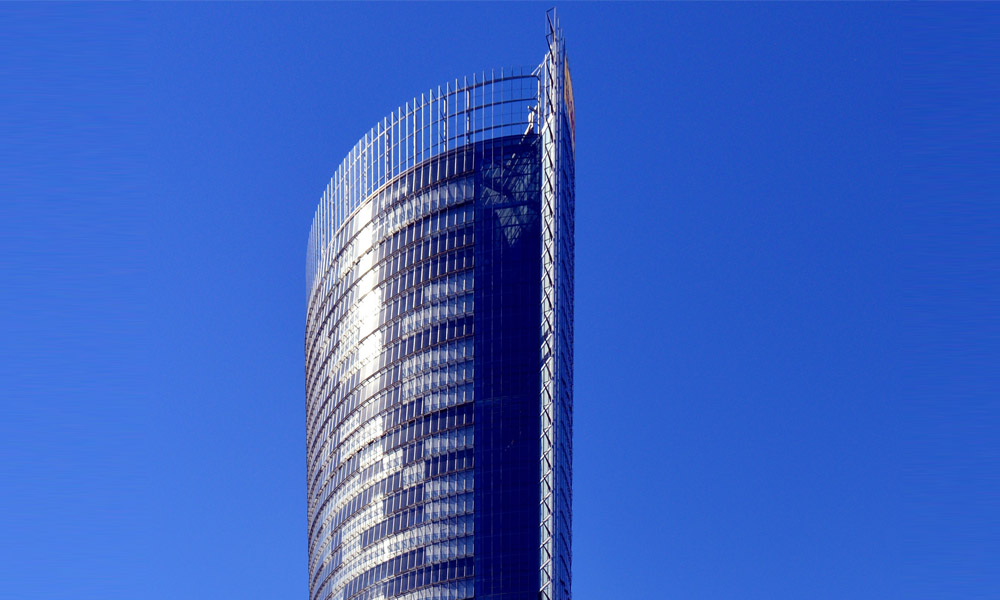

Understanding Low-E 180 Glass Transforming Energy Efficiency in Modern Architecture
In the realm of architecture and construction, the demand for energy-efficient solutions has never been greater. With rising concerns about climate change and the increasing costs of energy, building designers and homeowners alike are seeking innovative materials that not only enhance aesthetics but also contribute to sustainable living. One such material making waves in the industry is Low-E 180 glass, a cutting-edge option that significantly improves energy efficiency while allowing for ample natural light.
What is Low-E Glass?
Low-E glass, short for low-emissivity glass, is coated with a thin layer of metal oxides that reflect infrared energy while permitting visible light to pass through. This coating helps to minimize the amount of heat that escapes from a building in winter and reduces the amount of solar heat gained in summer. Low-E glass is classified into several categories, with Low-E 180 being particularly notable for its high performance in various applications.
The Science Behind Low-E 180 Glass
The designation 180 refers to the specific properties of the glass coating, which is designed to reflect a significant portion of solar heat while allowing an impressive amount of natural light transmittance. The term low-emissivity means that the glass has low thermal emissivity, which minimizes heat transfer through the glass. This is essential for maintaining indoor temperatures, thereby reducing the demand for heating and cooling systems.
Low-E 180 glass achieves a balance between insulating properties and light transmission, making it an excellent choice for a wide range of architectural designs. Its dual functionality is a result of the advanced coating technology used during manufacturing, which results in a product that is both energy-efficient and visually appealing.
Benefits of Using Low-E 180 Glass
1. Energy Efficiency One of the most significant advantages of Low-E 180 glass is its superior energy efficiency. Buildings using this glass can maintain a more consistent indoor temperature, leading to lower heating and cooling costs. Studies have shown that structures equipped with Low-E windows can achieve energy savings of up to 30% compared to those with traditional glass.

2. UV Protection Low-E 180 glass also provides excellent protection against harmful ultraviolet (UV) rays. By blocking over 99% of UV radiation, it helps to protect furniture, flooring, and artwork from fading. This is especially important in spaces that receive a lot of sunlight, such as living rooms and offices.
3. Comfortable Interior Environments With its ability to minimize temperature fluctuations, Low-E 180 glass enhances overall comfort within a building. This is particularly beneficial in commercial spaces where employee productivity can be affected by uncomfortable temperatures.
4. Enhanced Aesthetics The clarity and brightness offered by Low-E 180 glass enhance the visual appeal of any structure. Designers appreciate the ability to create open and inviting spaces filled with natural light, without compromising on energy efficiency.
5. Environmental Sustainability Choosing energy-efficient materials like Low-E 180 glass contributes to more sustainable building practices. By reducing energy consumption, buildings can lower their carbon footprint, making a positive impact on the environment.
Challenges and Considerations
While the benefits of Low-E 180 glass are significant, there are also considerations to take into account. The initial cost of low-emissivity glass is generally higher than that of standard glass. However, this investment is often offset by the long-term savings on energy bills and maintenance costs. Furthermore, proper installation is crucial to maximize the benefits of Low-E glass; any gaps or poor sealing can lead to energy loss.
Conclusion
Low-E 180 glass represents a significant advancement in energy-efficient building materials. With its ability to reduce energy consumption, protect interiors from UV radiation, and enhance aesthetic appeal, it is an ideal choice for modern architecture. As the construction industry continues to innovate, materials like Low-E 180 glass play a crucial role in promoting sustainability and creating comfortable, efficient living environments. Embracing such technologies is not only a smart investment but also a step toward a more sustainable future for our planet.